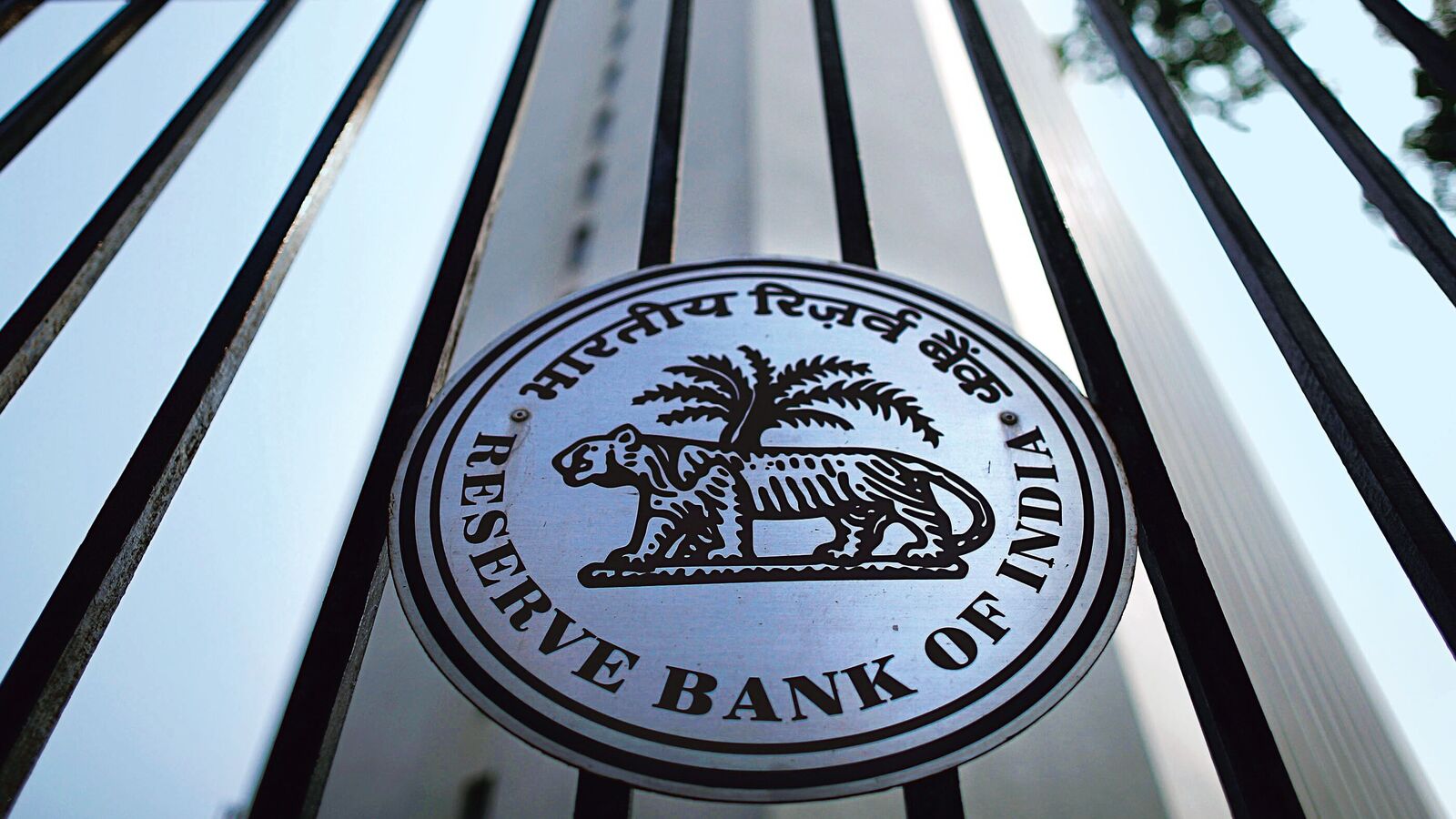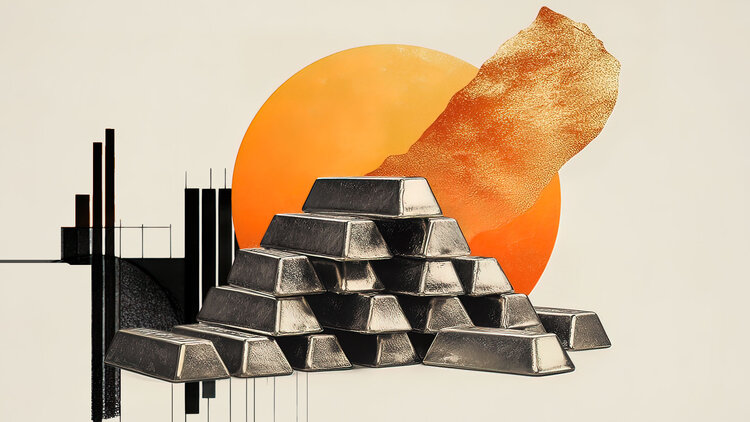While a reduction in the repo rate was anticipated in the latest Monetary Policy Committee (MPC) meeting, the 50 basis point cut came as a surprise. From February 2023 to February 2025, the repo rate remained unchanged at 6.5%. Since then, the Reserve Bank of India (RBI) has reduced the rate by a total of 1%, bringing it down to 5.5%. Although this is slightly higher than the rates seen during the COVID-19 pandemic, 5.5% is still considered relatively low.
How does the repo rate affect loans?
The repo rate directly influences the lending and deposit rates set by banks. For individuals, this translates into the interest they pay on loans and the returns they earn on deposits, especially fixed deposits (FDs) and recurring deposits (RDs). For home loans with a floating interest rate, any change in the repo rate is reflected in the existing loan terms. A 1% reduction in the repo rate means many borrowers will now experience a shorter loan tenure. New borrowers will benefit from lower interest rates, resulting in reduced EMIs (Equated Monthly Instalments).
This change in interest rates can also influence other personal financial decisions. When interest rates were higher, saving through bank deposits was more attractive due to better returns, while borrowing became more expensive, causing potential borrowers to reconsider taking on debt.
Now, with lower interest rates and EMIs, individuals may be more inclined to seek credit for discretionary spending, such as consumer goods, travel, or lifestyle experiences. The underlying thought is: when saving yields lower returns, people are more likely to spend rather than park their money in low-interest deposits. At the same time, cheaper loans encourage consumption. However, this is a simplified view that assumes other economic factors remain constant.
Impact on banks and the deposit-credit gap
While individuals will have more disposable income to spend, banks will face the challenge of attracting deposits despite offering lower interest rates. In recent years, the growth of credit has outpaced the growth of deposits, largely due to the availability of easy financing. This gap is expected to widen further with reduced interest rates, making it even more difficult to maintain deposit levels. In response to these challenges, the Reserve Bank of India (RBI) has taken measures to ease liquidity constraints in the banking system.
One such move is the reduction of the Cash Reserve Ratio (CRR) , the portion of deposits that banks are required to hold with the central bank, by 100 basis points, bringing it down to 3%. This step is significant, as it has unlocked approximately 2.5 lakh crore in lendable resources, providing banks with greater flexibility to extend credit to businesses and individuals. The RBI’s intervention is aimed at maintaining the momentum of economic activity by ensuring that banks have sufficient liquidity to meet growing credit demand, even in an environment of reduced deposit growth.
Even as demand for credit rises, lending institutions must remain cautious. Lower interest rates do not necessarily correlate with an individual’s income or repayment capacity. Therefore, banks and financial institutions must continue to assess creditworthiness rigorously, taking into account business cycles, employment status, income levels, and other relevant factors, before approving loans.
Borrowers should remain financially disciplined and seek credit only when it is truly necessary. As part of responsible financial management, individuals must learn to distinguish between non-discretionary expenses, such as housing, healthcare, education, and essential utilities, and discretionary expenses, which include lifestyle and luxury spending like travel, entertainment, or high-end purchases.
A final word for borrowers
When it comes to discretionary spending, one must exercise greater caution before taking on debt. Just because interest rates have declined should not be a justification for borrowing. Low borrowing costs may make credit appear more attractive, but every loan still represents a financial obligation that impacts future cash flows and savings potential.
It’s important for a financially aware person to understand how changes in the repo rate impact loan EMIs and interest rates, and to learn how to plan borrowing decisions accordingly.
Disclaimer: The information provided in this article is for informational purposes only and does not constitute financial, legal, or professional advice. While every effort has been made to ensure accuracy, readers should verify details independently and consult relevant professionals before making financial decisions. The views expressed are based on current industry trends and regulatory frameworks, which may change over time. Neither the author nor the publisher is responsible for any decisions based on this content.
Sachin Seth, Chairman CRIF High Mark and Regional MD CRIF India & South Asia





